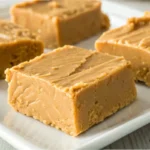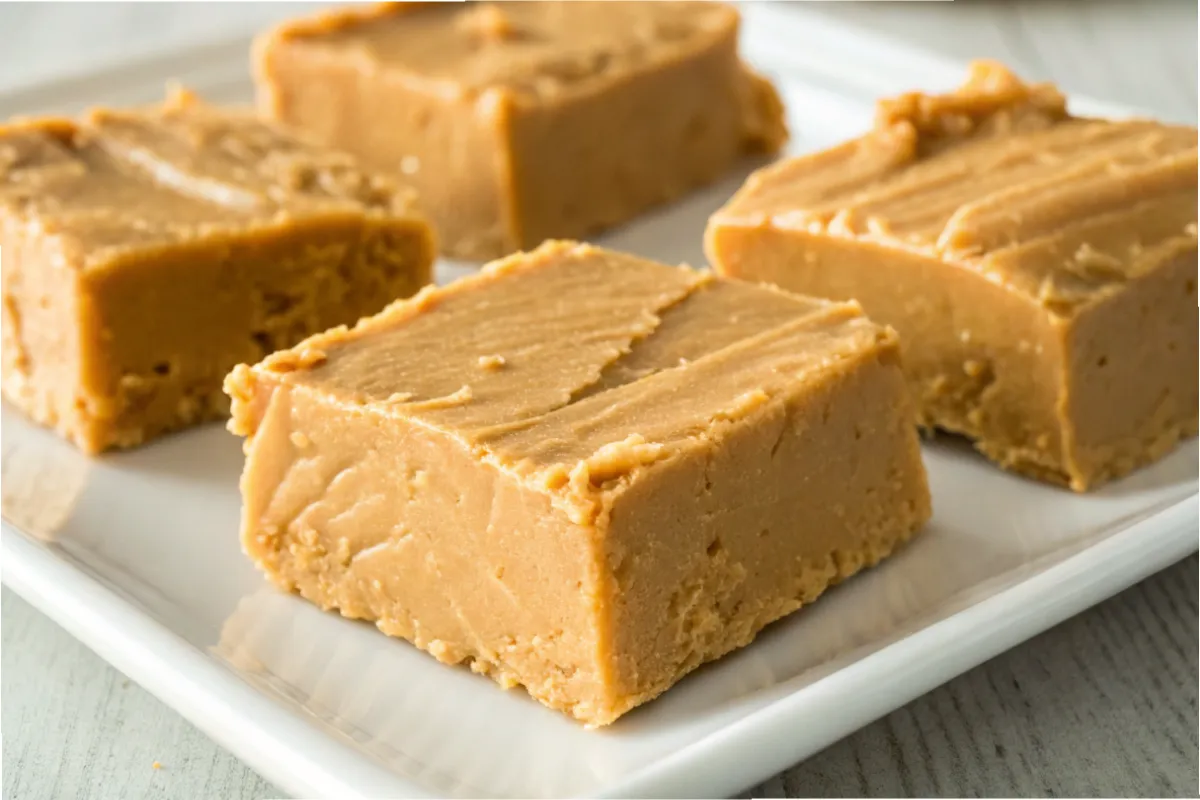There’s something magical about a dish that combines crispy golden crust, tender beef, and gooey melted cheese, and that’s exactly what makes cachopo recipe irresistible. This Asturian specialty is Spain’s answer to the Italian cotoletta alla milanese or the Argentine milanesa, but with a hearty, indulgent twist. If you love schnitzels, cordon bleu, or stuffed meats, then this Spanish delicacy is about to become your new favorite dish.
Originating from Asturias, a region in northern Spain, cachopo is a hearty, cheese-filled, breaded beef dish that has been loved for generations. Traditionally, it consists of two large veal fillets, stuffed with Iberian ham and melted cheese, coated in crispy breadcrumbs, and fried to perfection. The result? A golden, crunchy crust giving way to tender beef and gooey cheese, with the savory depth of cured ham enhancing every bite.
Cachopo is the ultimate Spanish comfort food, often served in Sidrerías (cider houses) alongside homemade fries, roasted peppers, or a fresh salad. While it may not be as globally famous as paella or tapas, locals know it as the perfect dish for sharing, one cachopo can easily feed two or more people! Whether you’re looking for a hearty weekend meal, a crowd-pleasing dish, or just want to explore regional Spanish cuisine, this recipe will transport you straight to Asturias.
The beauty of this cachopo recipe is that it’s customizable, you can swap the veal for beef, pork, or chicken, experiment with different cheeses, and even add gourmet fillings like mushrooms or caramelized onions. So, if you love crispy, cheesy, meaty dishes, get ready to master Spain’s best-kept culinary secret!
Table of contents
Recipe Card
Why This Cachopo Recipe Works
What makes cachopo so special? It’s not just a breaded cutlet—it’s an explosion of textures and flavors in every bite.
Crispy on the Outside, Juicy on the Inside
A perfect cachopo achieves that delicious crunch without being greasy. By using a proper breading technique (flour, egg, and breadcrumbs) and frying at the right temperature, you get a light, golden crust that locks in the juices.
Rich, Melty Cheese & Savory Ham
The melted cheese inside is what sets cachopo apart from a regular schnitzel. Combined with cured Iberian ham (like jamón serrano or jamón ibérico), it adds a buttery, nutty, and salty contrast that elevates the dish.
Easy to Customize
- Prefer a lighter version? Use chicken or turkey instead of beef.
- Want extra flavor? Add ingredients like mushrooms, roasted red peppers, or truffle cheese inside.
- Need a gluten-free version? Swap regular breadcrumbs for crushed cornflakes or almond flour.
Perfect for Sharing
Cachopo is huge—one serving can feed two people or more! It’s ideal for a family dinner, a weekend feast, or a special occasion. Pair it with a cold Spanish cider or a red wine from the region, and you have an authentic Asturian experience.
Pro Tips for Success
Making cachopo recipe at home can be an incredibly satisfying experience, but there are a few key tricks that can elevate your dish to restaurant-quality perfection. Here are some actionable pro tips to help you achieve the best results while avoiding common mistakes:
1. Pound the Meat Evenly
The thickness of your veal or beef fillets is crucial to ensure an even cook. You want them thin enough to cook through quickly but thick enough to hold the stuffing without falling apart. Pound the fillets gently using a meat mallet or rolling pin until they’re around 1/4 inch thick. This will help them cook evenly and avoid a dry exterior while keeping the inside tender and juicy.
2. Use High-Quality Cheese
The choice of cheese makes a significant difference in the richness and flavor of the cachopo. Traditional recipes use Asturian cheese, like Cabrales or Afuega’l Pitu, both of which offer bold, tangy flavors. However, you can also use mild cheddar, Swiss, or Gruyère for a smooth, melty experience. If you want to add a bit of extra flavor, mix cheese types to get the perfect balance of creaminess and sharpness.
3. Chill Before Frying
After assembling your cachopo, it’s important to chill it in the fridge for at least 30 minutes before frying. This helps the breading adhere better and prevents the cheese from oozing out during cooking. Plus, chilling the meat allows it to firm up, so it stays intact during the frying process.
4. Fry in Small Batches
When it comes to frying, don’t overcrowd the pan. Frying your cachopo in small batches ensures that the oil temperature stays consistent and allows the fillet to cook evenly. If you add too many at once, the temperature will drop, and you’ll end up with soggy, greasy results instead of that crisp, golden crust. Fry for about 3–4 minutes per side, or until golden brown.
Variants of the Cachopo Recipe
While the traditional Asturian cachopo is delightful in its simplicity, there are countless ways to personalize this dish based on your preferences and available ingredients. Here are a few exciting variants to try that will keep this recipe fresh and exciting each time you make it:
1. Chicken Cachopo
For those who aren’t keen on beef or veal, you can easily swap the meat for chicken breast. Chicken cachopo is a great option for a lighter version of the dish, yet it still offers the juicy and tender texture you expect. Boneless skinless chicken breasts work perfectly as they provide a nice, lean meat that complements the cheese and ham filling. If you prefer, you can even use ground chicken mixed with herbs for a more customized filling.
2. Vegetarian Cachopo
For a vegetarian-friendly version of cachopo, replace the meat with portobello mushrooms or eggplant slices. Both mushrooms and eggplant are excellent at absorbing the flavors of the fillings while adding a meaty texture. You can stuff them with a mixture of spinach, ricotta, and feta cheese, or for an even more indulgent take, go for mozzarella and roasted peppers. This variant offers a satisfying and flavorful vegetarian alternative while still maintaining the crispy coating and cheesy richness of the traditional recipe.
3. Seafood Cachopo
For a more adventurous version, try making a seafood cachopo. Swap out the meat and stuff the fillets with a mixture of shrimp, crab, and scallops. The seafood filling can be enhanced with a bit of garlic, lemon zest, and fresh parsley to provide a light and refreshing contrast to the rich, crispy exterior. This seafood variant is perfect for a special occasion or when you want to try something new with your cachopo.
FAQ about Cachopo Recipe
Yes, you can assemble the cachopos ahead of time and store them in the fridge for up to 24 hours before frying. Be sure to cover them with plastic wrap to prevent the breading from getting soggy.
While veal and beef are the most traditional choices, you can also make cachopo with chicken breasts or pork. Ensure the meat is thin enough for easy frying and good texture.
Yes, you can freeze uncooked cachopos. Just ensure they are wrapped tightly in plastic wrap and stored in an airtight container. Fry them directly from frozen, adding a few extra minutes to the cooking time.
Make sure to chill the breaded cachopos before frying. Also, avoid overcrowding the pan to maintain the oil temperature, and let the fried cachopos rest on paper towels to drain any excess oil.
Final Thoughts
Cachopo is one of those dishes that blends comfort with indulgence—crispy on the outside, filled with melted cheese and savory ham on the inside, and packed with irresistible flavor. Whether you’re cooking for a family dinner or hosting a special gathering, this Asturian delight will surely impress your guests and leave them craving more.
Give this recipe a try the next time you want to add a touch of Spain to your meal. And if you’re in the mood for more classic Spanish dishes, be sure to explore recipes like paella, tortilla española, or fabada asturiana to create your very own Spanish feast.
For more delicious beef recipes, I suggest you check the Giniling Recipe and the French Onion Meatloaf Recipe!











Leave a Reply